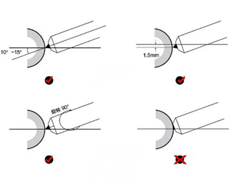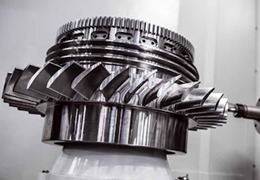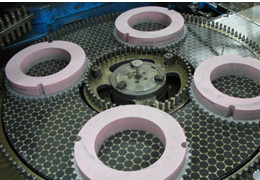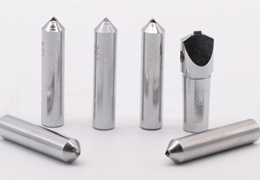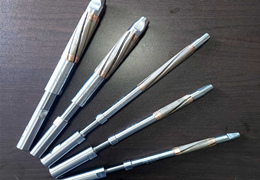The methodology of measurement and what is measured when calculating Ra and Rz are quite different. This is critical to understand if you will not be paid for your parts because the Ra you measured is not in fact the Rz surface profile that customer specified.
What is Ra?
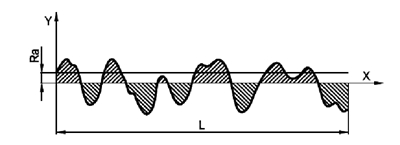
Ra is calculated by an algorithm that measures the average length between the peaks and valleys and the deviation from the mean line on the entire surface within the sampling length.
Ra averages all peaks and valleys of the roughness profile and then neutralizes the few outlying points so that the extreme points have no significant impact on the final results.
What is Rz?
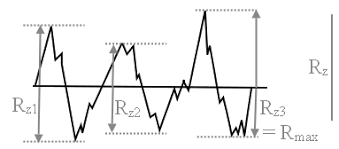
“Rz is calculated by measuring the vertical distance from the highest peak to the lowest valley within five sampling lengths, then averaging these distances. Rz averages only the five highest peaks and the five deepest valleys—therefore, extremes have a much greater influence on the final value.”
Ra is the arithmetical average value of all absolute distances of the roughness profile from the center line within the measuring length.
Rz is the average maximum peak to valley of five consecutive sampling lengths within the measuring length.
Ra averages all measurements and does not have any discriminating value in separating rejects from acceptable cylinders.”
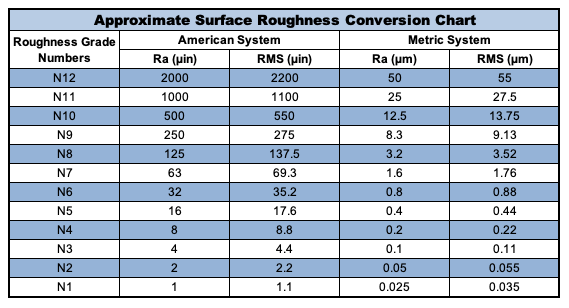 What is the correlation between roughness and grinding wheel life?
What is the correlation between roughness and grinding wheel life?
According to the grinding characteristics, the coarser the grit size, the longer the life span, and the opposite, the shorter the life span. The higher the roughness required, the finer the grit size of the wheel to be used for grinding, otherwise it will be difficult to achieve the required roughness. In addition to the abrasive grit, the type of abrasive is also an important factor that directly affects the roughness. In coarse grinding products, irregular shaped zirconium corundum has a much longer life than columnar corundum, but the surface roughness is much lower than the latter.
Before selecting a grinding wheel, it is important to understand the end-user's desired value, i.e., whether roughness or wheel life is the priority, and then use the established surface quality of the finished slab as a criterion for selecting the grit and abrasive type to be used after rough grinding (a process that needs to be explored and proven repeatedly). The common criterion is the Ra or Rz value of the surface of the workpiece. Rz or Rzmax is commonly used for the slab barren grinding, while Ra is commonly used as the criterion for the finer workpieces such as roll grinding.
When you want the better surface roughness of your parts, please feel free to contact More Super Hard, our experienced sales engineer will service for you.




